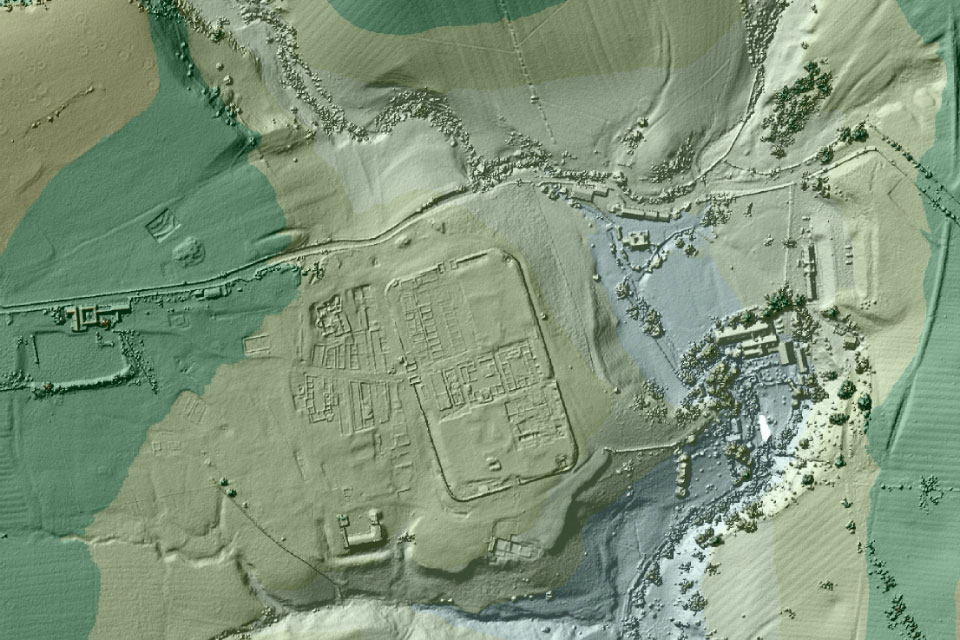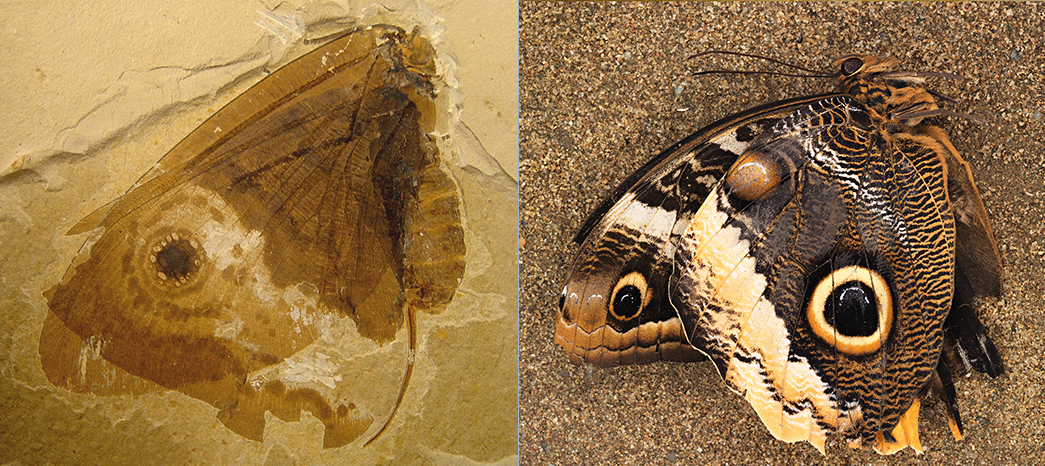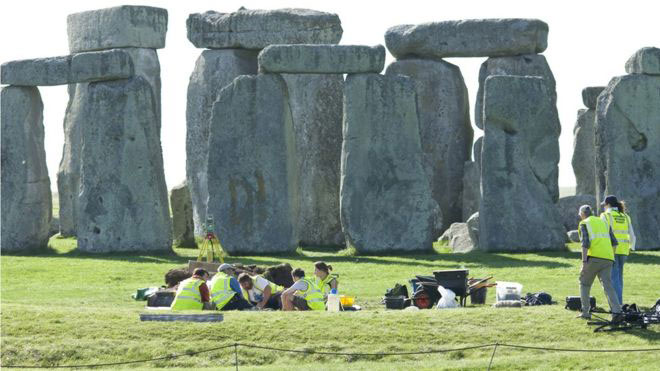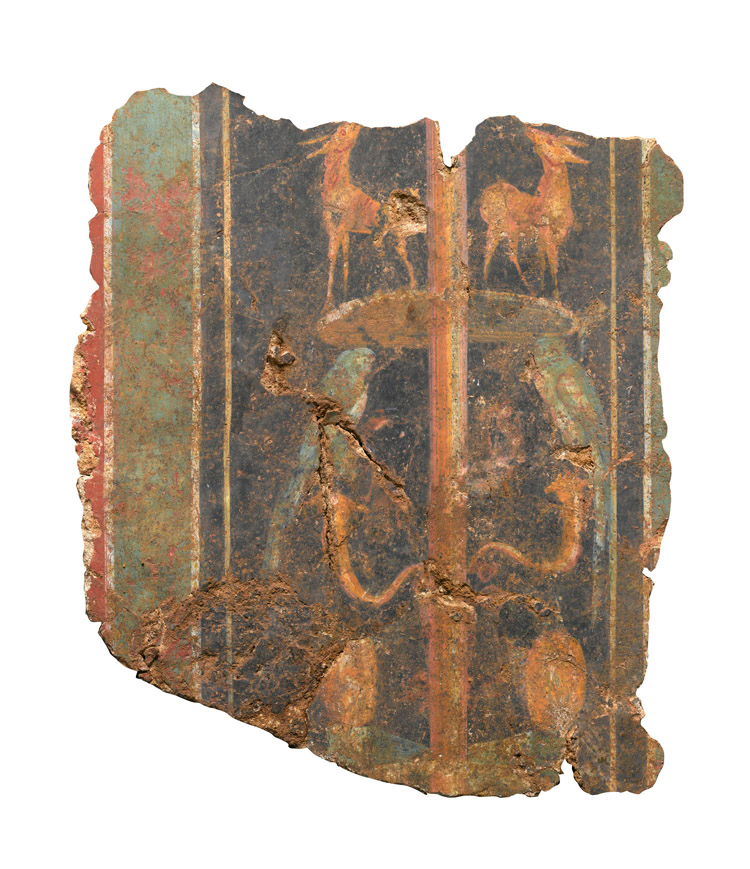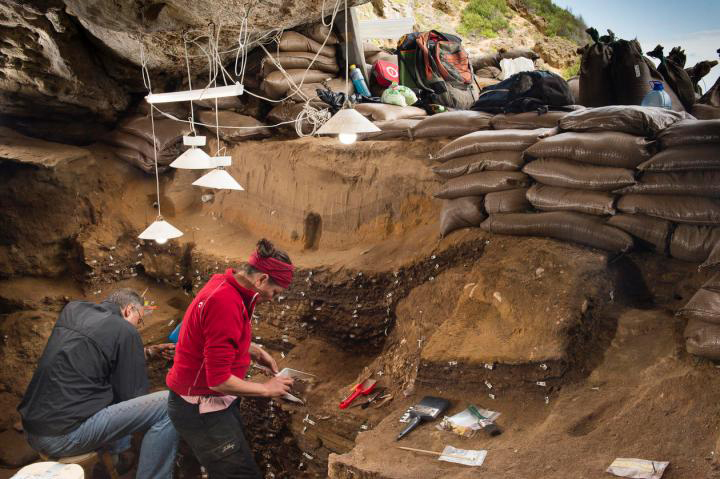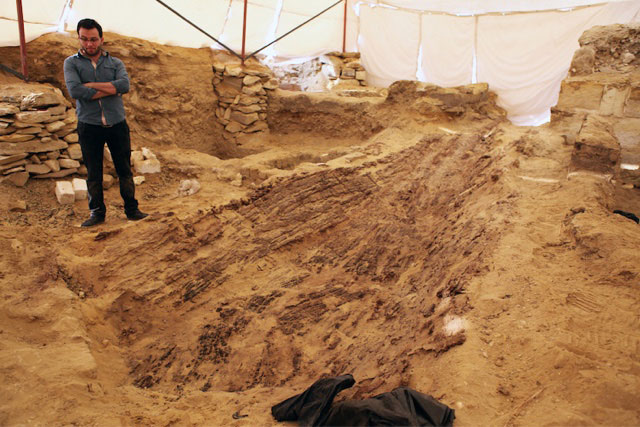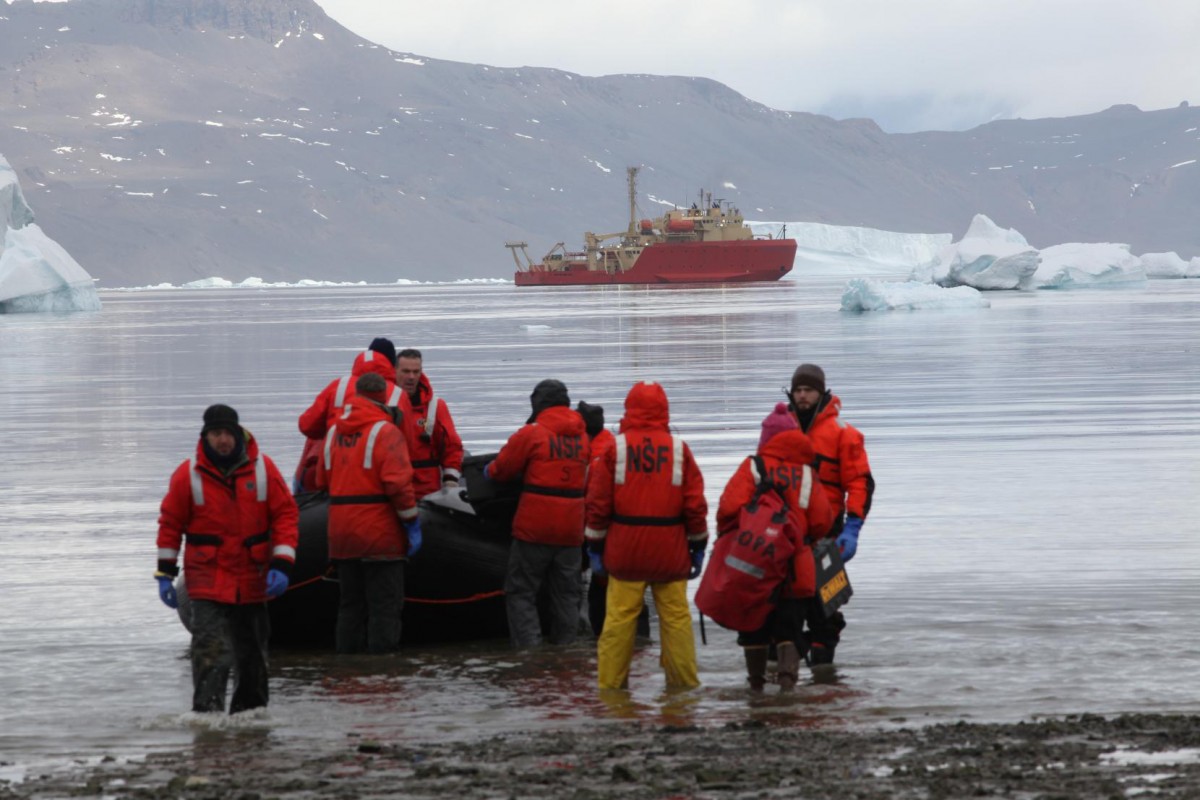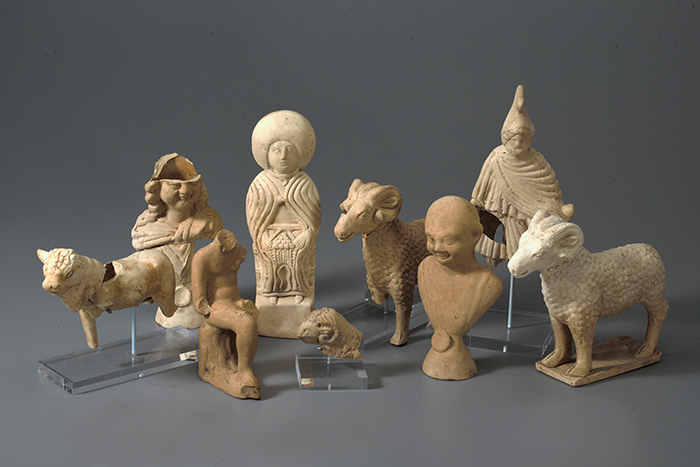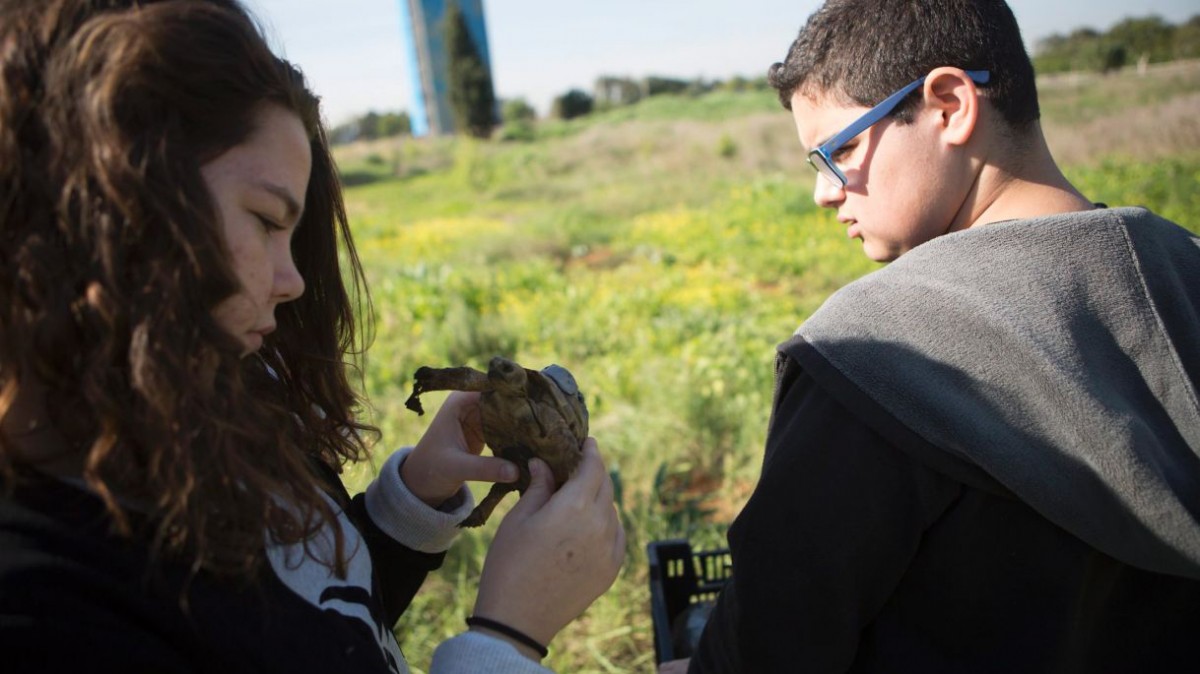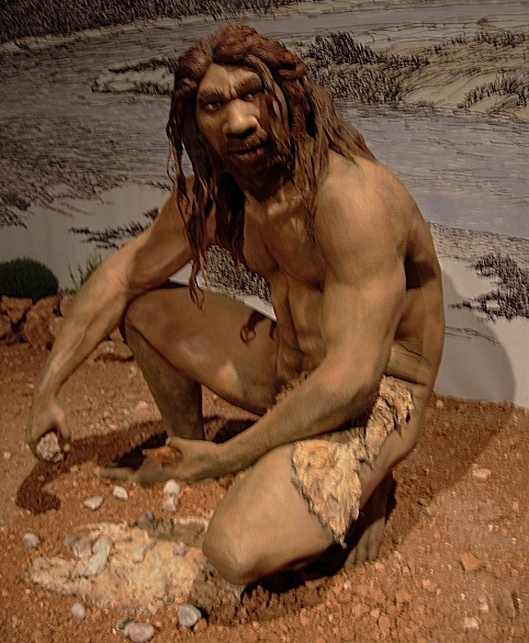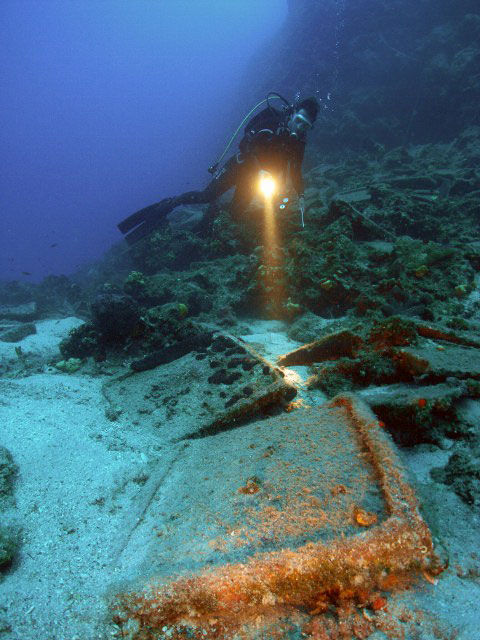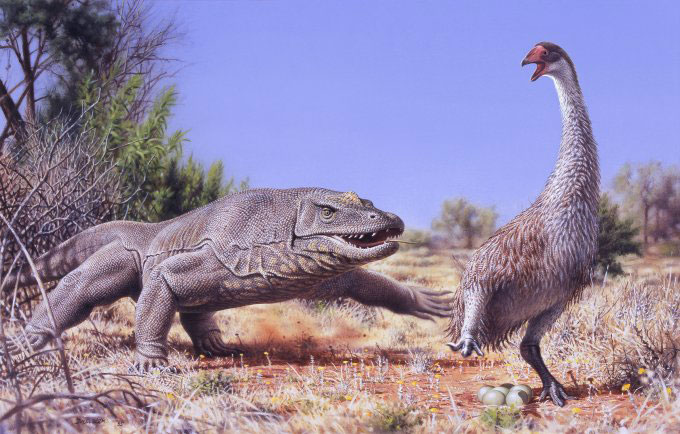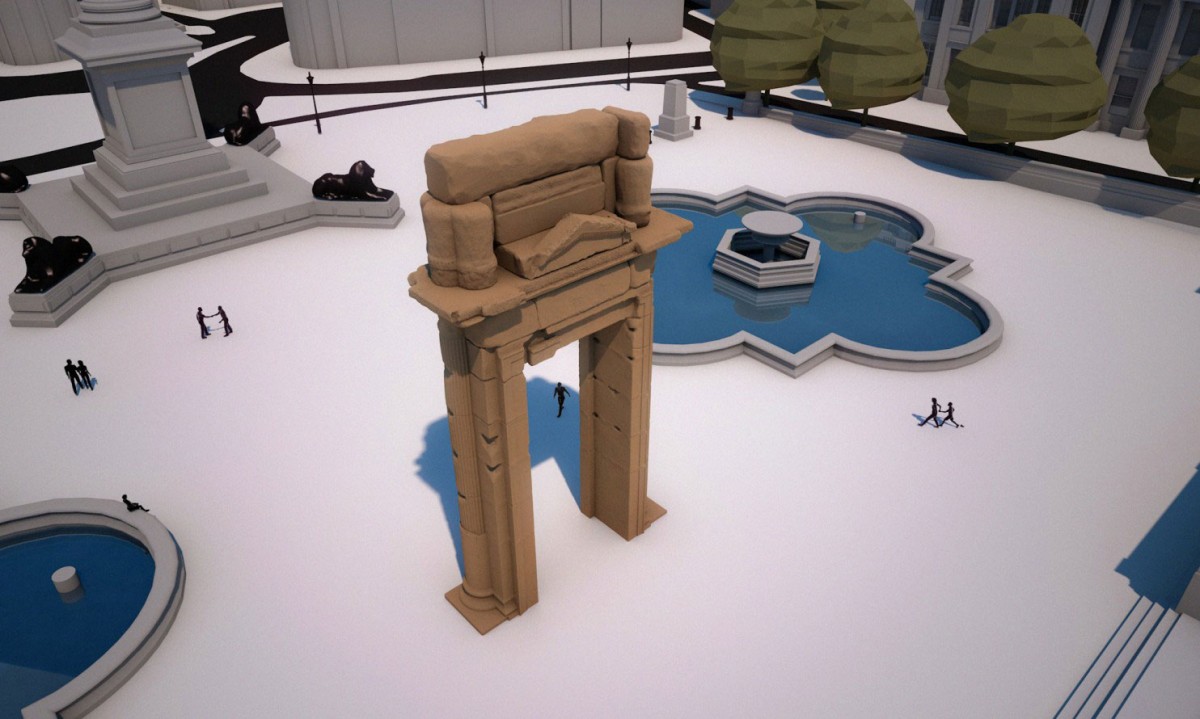Lasers reveal ‘lost’ Roman roads in the UK
UK archaeologists are using Environment Agency laser mapping data to rediscover hundreds of kilometres of 'lost' Roman roads.
Some 5000 years ago, silver mining on the shores of the Aegean Sea
At the foot of the Mycenaean Acropolis of Thorikos a French team of mining archaeologists has just discovered an inextricable network of galleries, shafts and chambers.
“Writing for Eternity” at the Tullie House Museum & Art Gallery
Spanning 4000 years of writing in Ancient Egypt, the history of this ancient civilisation is explored through stunning objects and texts in this exhibition from the British Museum.
Paleobotanist plays role in discovery of ‘Jurassic butterflies’
IU Paleobotanist David Dilcher is identifies a Jurassic Age insect whose behavior and appearance closely mimic a butterfly.
Burial site at Stonehenge shows gender equality
Research at Stonehenge has revealed that more women were buried there than men, in contrast to the image scientists had so far about gender equality in prehistory.
500-year-old painting is attributed to Hieronymus Bosch
A small oil on panel depicting the temptation of St Anthony was made by Hieronymus Bosch and not by a pupil or follower of his, researchers say.
Ornate Roman fresco revealed in London
An ornate fresco that once adorned the residence of a wealthy Roman citizen has been discovered by a team of archaeologists at 21 Lime Street, in London.
Lord Byron and Greece
Grethe Rostboell will give a lecture at the Danish Institute be about Byron's extraordinary life and about his active engagement in Greek matters for many years.
Vikings use of crystals as navigation tools theory tested
A team of scientists have been working on the idea that the Vikings used crystals to estimate the position of geographical north.
The Getty returned head of Hades to Sicily
On Friday, January 29, 2016, the J. Paul Getty Museum returned the terracotta head of Hades back to Sicily.
Humans evolved by sharing technology and culture
Our early ancestors, Homo sapiens, managed to evolve and journey across the earth by exchanging and improving their technology.
New research sharpens understanding of poison-arrow hunting in Africa
Α comprehensive study of the hunting tradition of the San peoples of Namibia sheds new light on their use of beetle and plant poisons to boost the lethality of their arrows.
Old Kingdom large boat found in tomb in Abusir
A Czech mission of archaeologists have discovered an Old Kingdom boat in Abusir, at a mastaba tomb.
Looking for Dinosaurs in Antarctica
Millions of years ago Antarctica was a warm and lush environment ruled by dinosaurs and inhabited by a great diversity of life...
Exhibition illuminating the archaeology of childhood
The exhibition takes a look at how the concept of childhood has changed over the last million years, and how visible children are in the archaeological record.
Early man had a penchant for tortoises
According to a new discovery at Qesem Cave near Tel Aviv tortoises were cooked and eaten there some 400,000 years ago.
Homo heidelbergensis used highly sophisticated weapons and tools
Excavations at the Lower Paleolithic site of Schöningen (Germany) change our views on human evolution. A special volume of the Journal of Human Evolution presents the state of research.
Minoan shipwreck found off Turkish coast
Scientists have discovered a 4,000 year-old shipwreck off the Turkish coast, probably of the Minoan Civilisation.
University of Copenhagen: Humanities threatened
Smaller programmes such as Hebrew, Balkan Studies and Indology will admit no students in 2016, and may face closure or mergers in the future at the Faculty of Humanities of the University of Copenhagen.
Recent summer temperatures in Europe are likely the warmest of the last 2 millennia
New research now puts the current warmth in a 2100-year historical context using tree-ring information and historical documentary evidence to derive a new European summer temperature reconstruction.
Ancient extinction of giant Australian bird points to humans
Study provides first reliable evidence humans were preying on now-extinct Australian Megafauna.
New research into the origins of the Austronesian languages
Complex genetic data rejects “Out of Taiwan” theory by demonstrating that Mitochondrial DNA found in Pacific islanders was present in Island Southeast Asia at a much earlier period.
Geometry in Babylonian Astronomy
Scientist of the Excellence Cluster TOPOI discovers that Babylonian astronomers computed the position of Jupiter with geometric methods.
Cultural heritage monuments to be preserved through 3D imaging
The destruction of world heritage monuments and antiquities by extremist groups has mobilised scientists towards creating 3D replicas of monuments to preserve them in a digital form.
